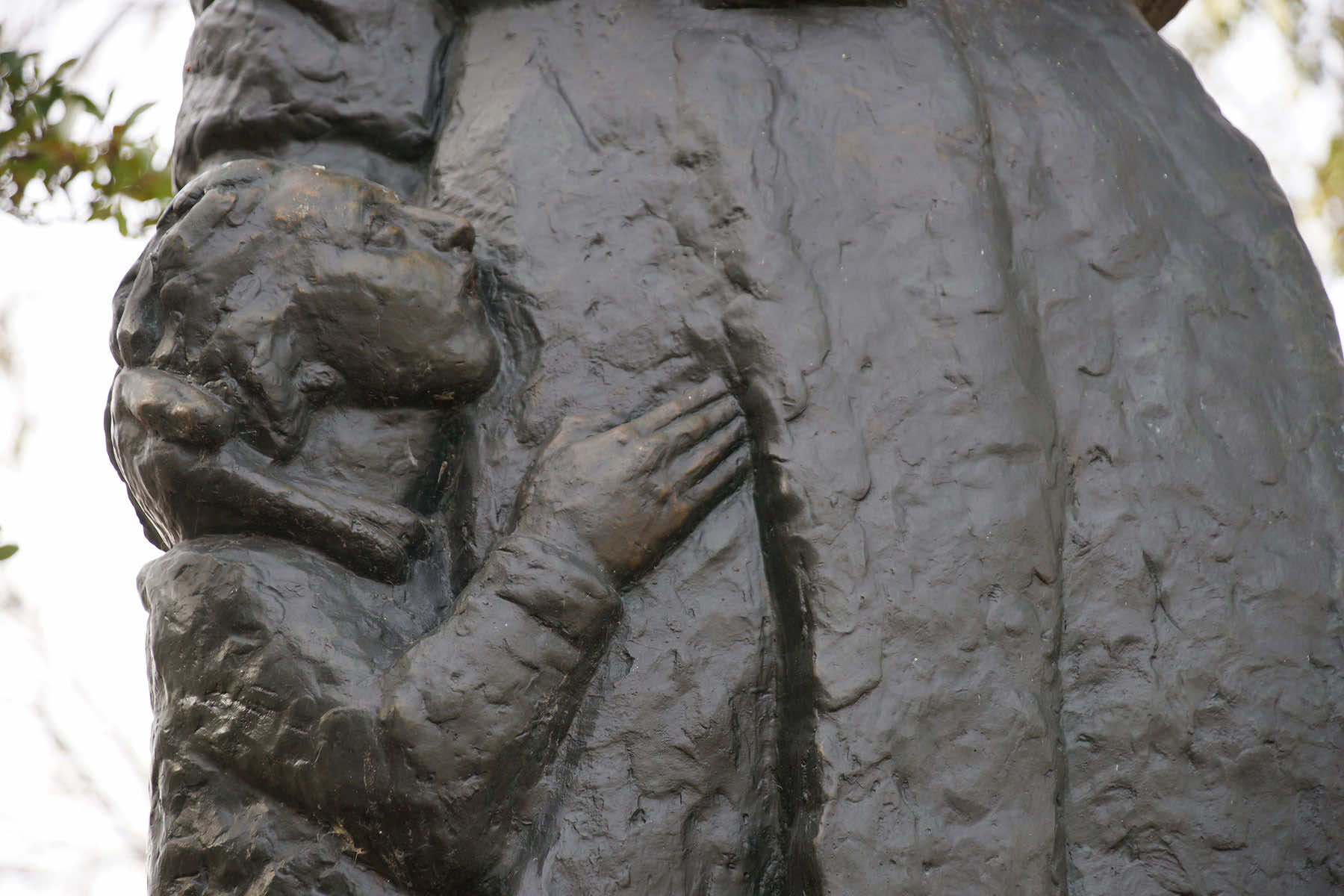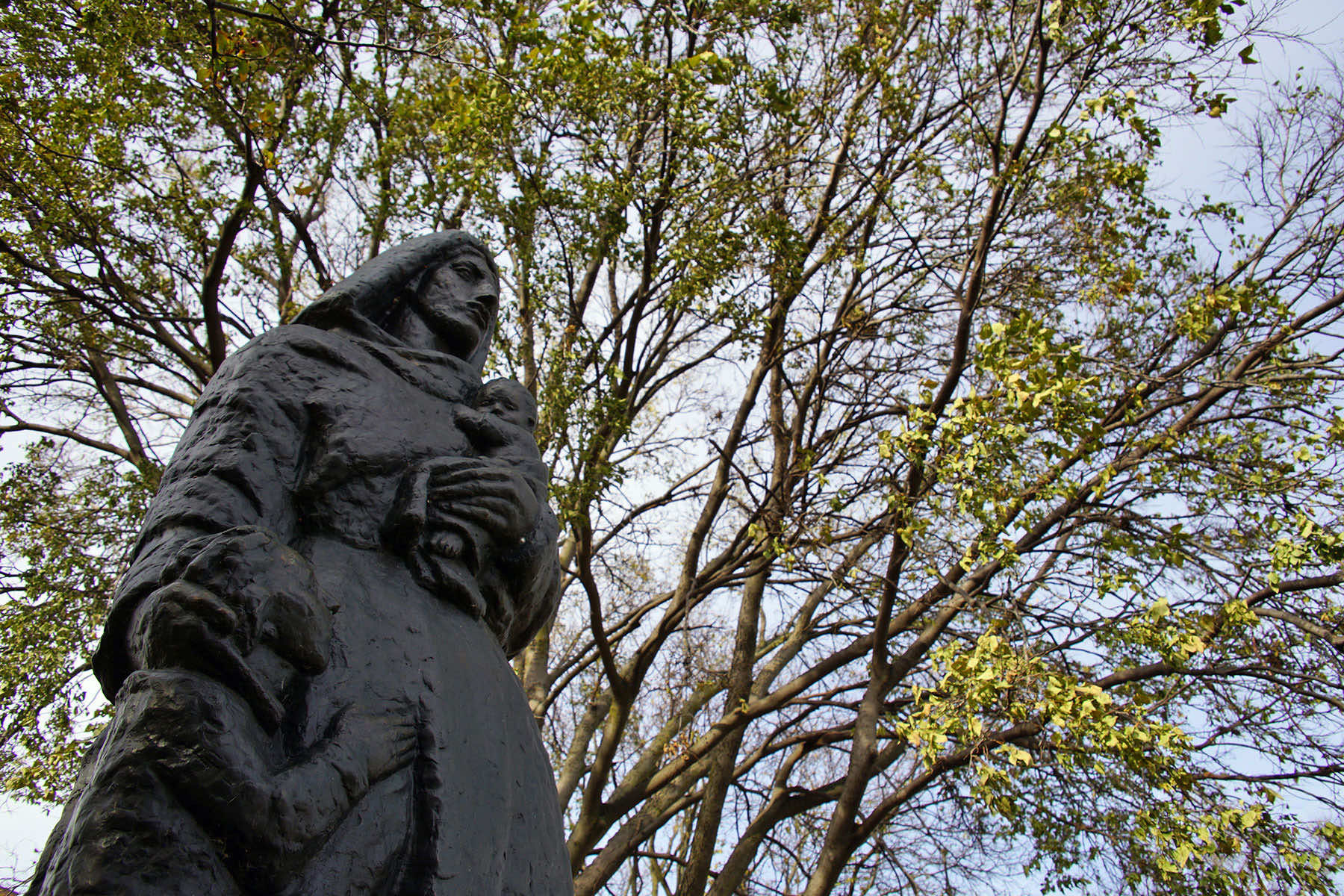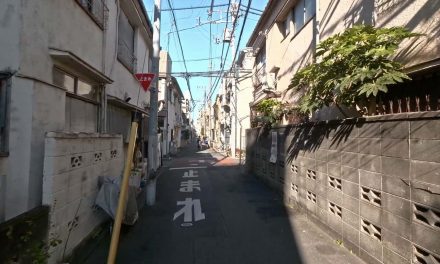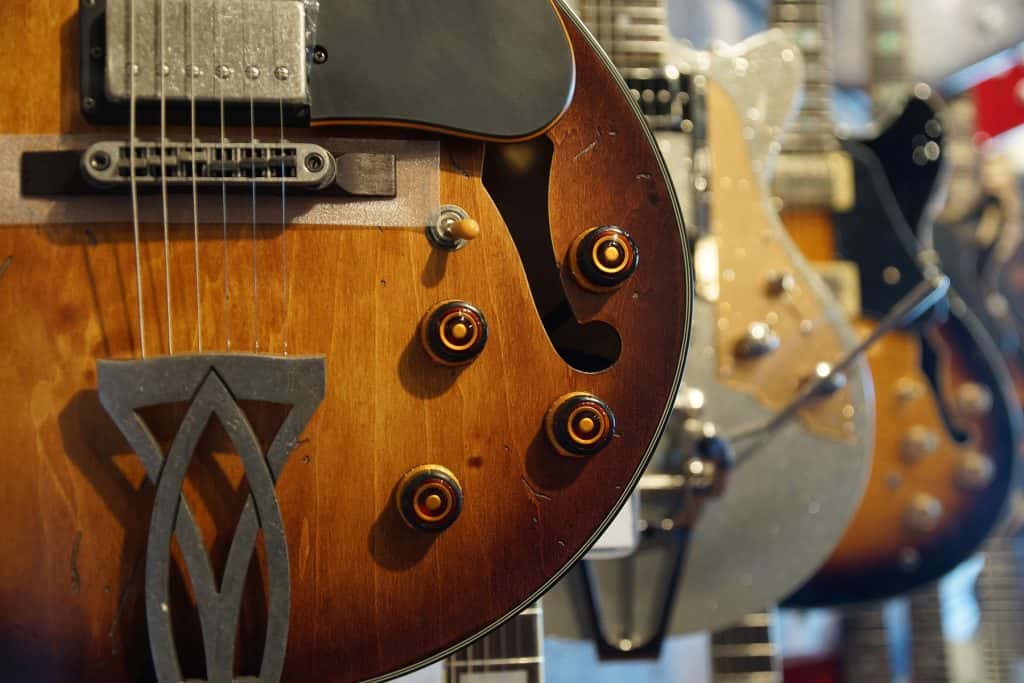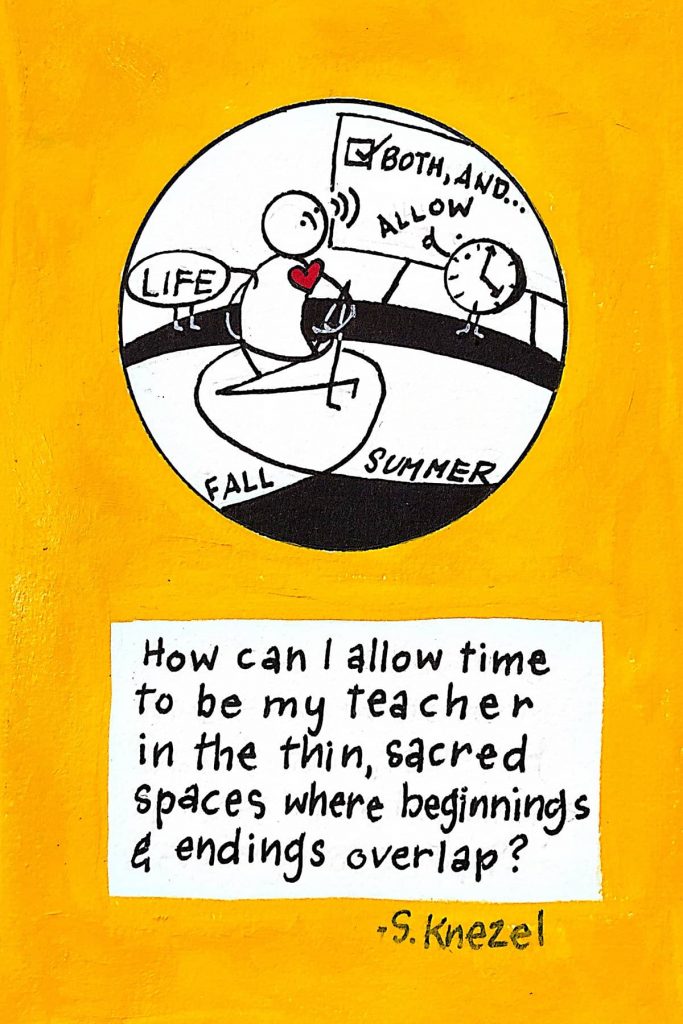
The “Immigrant Mother” statue in Milwaukee’s Cathedral Square Park is a tribute to the immigrant experience and the sacrifices of motherhood. Created by renowned Croatian sculptor Ivan Meštrović, the bronze statue was dedicated to the journey of those European immigrant mothers who came to Milwaukee between the 1850s and 1920s seeking work, stability, and a future for their children.
Milwaukee has long been hailed as a city of immigrants, a place where newcomers could pursue opportunity and freedom in the heartland of America. Yet that proud heritage has been undercut by a history of discrimination, flight, and a paradoxical hostility toward today’s immigrants.
The city was shaped by an array of European settlers who faced bigotry and challenges when they first arrived. Over time, they gained economic advantages, moved to the suburbs, and then turned their backs on the people who now seek the same opportunities that made Milwaukee’s earliest communities thrive.
It is a story of promise and betrayal, progress and denial — and a stark lesson in how easily we can forget the hardships and hopes that brought our ancestors to these shores.
Milwaukee’s founding generations included immigrants from Germany, Poland, and Italy, as well as Jewish families fleeing persecution in Europe. Arriving in the 19th and early 20th centuries, they confronted a city that was not always eager to welcome them. They created enclaves where their languages and traditions could be preserved.
German immigrants, for instance, brought with them a strong brewing tradition, making Milwaukee synonymous with beer. Polish workers formed tight-knit neighborhoods around Catholic churches, while Italians opened groceries and bakeries. Jewish entrepreneurs opened shops and synagogues, often squeezed by xenophobia but forging new lives for their children.
Despite these varied backgrounds, European immigrants in Milwaukee were lumped together in one broader group that was labeled “foreign.” Discrimination was not uncommon. Stories of anti-German sentiment during World War I, reveal how quickly a neighbor’s accent or tradition could provoke suspicion.
Polish immigrants, often viewed as unsophisticated laborers, struggled to navigate unfamiliar schooling systems. Jewish families faced quotas in universities and encountered antisemitism that limited their professional and social options.
Each group had to develop networks of support, sometimes within churches, synagogues, or fraternal organizations. They worked the factories, the tannery lines. and the service industries. Over time, they climbed the ladder of social standing to become established Milwaukeeans.
By the mid-20th century, these immigrant families had managed to secure better homes, education for their children, and positions in local government or civic life. Many opened businesses that flourished.
Milwaukee’s manufacturing sector, robust thanks to breweries and machinery plants, offered stable employment. Real estate values rose in neighborhoods that once were dismissed as slums. Italian, Polish, and German enclaves, which had been derided, became recognized for their cultural festivals, delicious cuisine, and rich history. Jewish families, too, found more acceptance, though antisemitic undercurrents persisted.
The narrative of success, however, took a stark turn in the 1960s and 1970s. As the nation grappled with civil rights upheavals and the realities of desegregation, many White Milwaukeeans began leaving the city for suburban enclaves in surrounding counties.
While that so-called “White flight” was not unique to Milwaukee, it happened in cities across the country, it profoundly affected the city’s demographics and political landscape. Milwaukee’s tax base shrank, public schools were disproportionately affected, and communities left behind saw a decline in resources.
Those who moved to the suburbs often carried with them the wealth they had accumulated in the city, including property gains, business profits, and family networks that had initially formed in the old ethnic neighborhoods.
Yet the irony is that those families had once been the outsiders. A generation or two prior, they were derided for their accents or traditions. Now, buoyed by new social acceptance, they had enough financial security to seek bigger lawns and quieter streets outside the city limits.
In doing so, they separated themselves from the next waves of new arrivals, many from Latin America, Asia, and the Middle East. These newer immigrants faced similar hurdles: language barriers, unfamiliar cultural norms and outright hostility.
Nonetheless, they persevered in establishing businesses, sending their children to local schools, and seeking the opportunities that had once drawn those German, Polish, Italian, and Jewish families.
The betrayal of Milwaukee’s immigrant heritage becomes more clear in the face of today’s anti-immigrant sentiment. Many who now live around the edges of Milwaukee County, direct descendants of those 19th- and 20th-century European settlers, have become among the loudest voices demanding strict immigration laws.
They do not live in the city, but they oppose sanctuary city policies or decry the introduction of new cultures in their former hometown. On talk radio shows, internet forums, and in political arenas, these suburban leaders argue against the very presence of modern-day immigrants who are following a path that mirrors their own families’ stories.
They portray these newcomers as threats, forgetting that their own ancestors were once treated with similar suspicion. Such a stance is all the more troubling because many of these suburban residents still draw economic benefits from Milwaukee. Some commute downtown for work, own businesses in the city, or partake in its cultural amenities.
Professional sports teams, theaters, museums, and restaurants in Milwaukee rely on the patronage of those living in the suburban ring. Property developers who once gained from the city’s growth and cultural diversity now live in outlying counties while voicing alarmist rhetoric about immigrants “flooding” local schools – which are distant to where they live.
The Milwaukee economy, like that of many American cities, is increasingly dependent on the labor of today’s immigrants. Restaurants, manufacturing plants, and service industries often rely on the hardworking spirit of people who have traveled thousands of miles for a chance at a better life. Without that labor, sectors of the city’s economy would struggle to function.
Yet the political narrative spouted by some descendants of past immigrants maintains the fiction that immigrants are burdens rather than contributors. That view not only contradicts the economic facts but also tramples the city’s proud immigrant legacy. It is a dissonance that reveals how easily Milwaukee “natives” can dismiss their own family’s immigrant roots.
It says about a community that benefited from an open door yet now seeks to slam that door shut. Politicians who rail against immigrants often talk about preserving “American values,” without acknowledging that they actually mean the dominance of a White society.
The idea of American values has always centered on welcoming the tired, the poor, and the huddled masses yearning to be free. It is a famous phrase emblazoned on the Statue of Liberty. That promise resonated with the German worker fleeing economic depression in the 1850s, the Polish farmer seeking a chance to own land, the Italian laborer escaping poverty, or the Jewish refugee finding a safe haven from persecution.
Today’s newcomers come for much the same reasons. They see a chance to build, to live, to learn, and to pass on something better to their children. Milwaukee was a city built by immigrants. That is why it is so disheartening to witness those who inherited the benefits of the city’s immigrant origins embrace harsh and exclusionary politics.
They should know better than anyone that assimilation takes time, that foreign customs can enrich the local culture, and that successive generations gain strength from diversity. It is hypocritical to watch families who once were labeled “others” now label today’s immigrants with the same or worse language.
It is also short-sighted, as the city’s economic future depends on new populations bringing fresh ideas, starting businesses, and revitalizing neighborhoods that have faced disinvestment. The question for modern Milwaukee is whether it will recommit itself to being a welcoming community or allow toxic anti-immigrant fervor to harden across the county lines.
Milwaukee grew and prospered when it allowed immigrants to find a home and add their talents to the city’s mosaic. It is up to the descendants of those early European immigrants to honor the spirit that their forebears carried with them across the Atlantic. That spirit was about making a home in a foreign land, contributing to society, and ensuring that their children had a shot at prosperity.
If Milwaukee is to remain true to its founding story, it must reject the notion that it can benefit from immigrant labor and culture while denying immigrants the chance to integrate and flourish. That memory, preserved in church basements, community centers, and family trees, should guide Milwaukee’s conversation on immigration policy.
Rather than demonizing people who yearn to participate in Milwaukee’s future, the city and its outlying areas should champion them. Only by honoring its immigrant roots can Milwaukee renew the promise that once drew so many European families to its shores. And only then can it rise above the shame of turning away those who, like so many before them, simply want to call Milwaukee home.
© Photo
Lee Matz, and Everett Collection (via Shutterstock)





